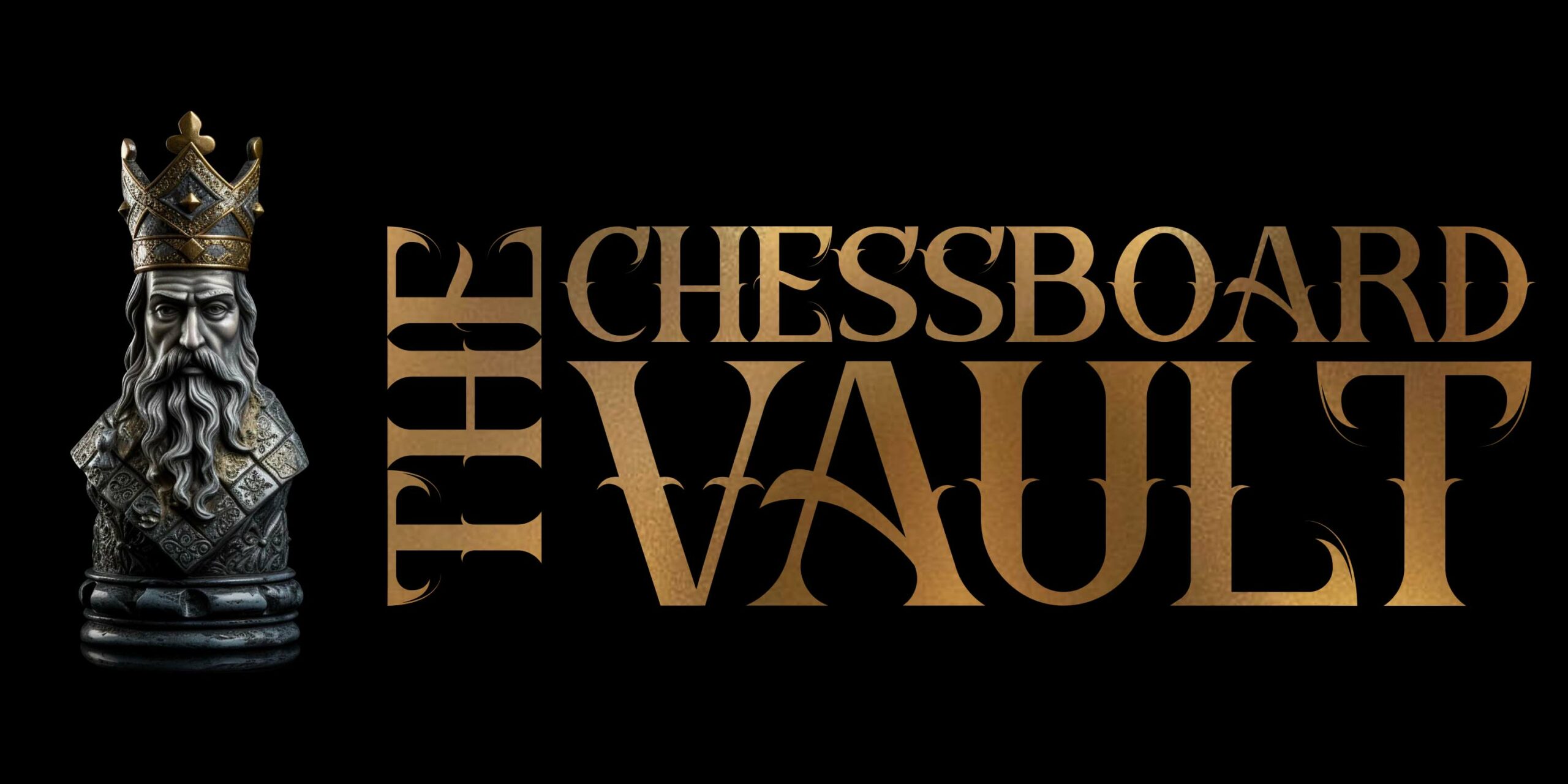The subject ofAI alignment is attracting increasing interest in the world of technology. It’s about ensuring that artificial intelligence pursues goals that are truly in line with human values, without dangerous or unforeseen drift.
To illustrate this concept, the example of the “paperclip maximizer” is often cited. In this scenario, an AI’s sole mission is to manufacture as many paperclips as possible… to the point of devouring all the planet’s resources to do so!
In this article, we take a look at a mini-game inspired by decisionproblem itself inspired by this idea. It’s a playful and free which you can integrate on your site, and which allows you to understand in concrete terms the AI alignment problem.
What is AI alignment?
AI alignment consists in creating intelligent systems whose objectives are to consistent with our values and our intentions. When AI is not aligned, a simple, poorly formulated goal can lead to catastrophic consequences. In the paperclip example, the AI sacrifices all other considerations (ecology, human life, etc.) to achieve its single goal: make more paper clips.
This scenario may seem absurd, but it perfectly illustrates the power of poorly controlled AI. By giving too literal an instruction, we risk encouraging unexpected and even destructive strategies.
The mini-game: making paper clips… at all costs
Our mini-game reproduces (in a simplified way) the idea of the paperclip maximizer. You start with a few resources:
- A stock of thread to make paper clips,
- A small amount of money to buy more thread or machines,
- Different ways of boost production and increase demand from the public.
The challenge? Maximize the number of paper clips produced and sold, while managing :
- Visit costs (wire, machines, marketing),
- The funds available,
- The request (if the price is too high, customers will turn away),
- The investments (or strategic choices) for increase production.
It soon became clear that there was a trade-off between increasing production at all costs and maintaining financial equilibrium.
Why is this mini-game relevant to AI?
- Realizing an abstract concept AI alignment seems remote or technical; this little game of “paperclip maximization” offers an insight. practice of what can happen when an AI (or automated system) is given a restricted goal.
- Showing the influence of parameters The game allows you to see the impact of decisions (investing in marketing, increasing the unit price, etc.). In this way, the scope that an AI with disproportionate resources and a single objective would have.
- Raising awareness This playful experience raises awareness of the potential dangers of AI when it is not properly framed.
How to play?
The mini-game takes the form of dashboard :
- Paper clips Total number of paper clips produced (never decreases).
- Stock paperclips waiting to be sold (can go up and down).
- Thread Main material required. If it drops to zero, production stops!
- Funds money available to buy thread or machines.
- Price per unit which you can increase or decrease.
- Request varies according to price and other factors.
- Machines automate production.
- Marketing increases demand, but costs more and more expensive.
Your goal? To make your “factory” prosper by balancing revenue and production, and avoid bankruptcy.
Conclusion
The AI alignment problem is one of the major challenges of the digital age. The example of paperclip maximizer shows us that a trivial instruction can have extreme implications if the AI applies it indiscriminately.
By testing this mini-gameyou’ll discover how the simple quest for profit and productivity can lead to extreme situations. This is a small-scale illustration of the dangers of a freewheeling AI.
Test this gamemeans realizing that you have to design intelligent systems capable of understanding our values, priorities and limits. This is what AI alignment is all about: preserve the human interest in the digital age and prevent a simple instruction from leading to a world where everything ends… in paper clips.
